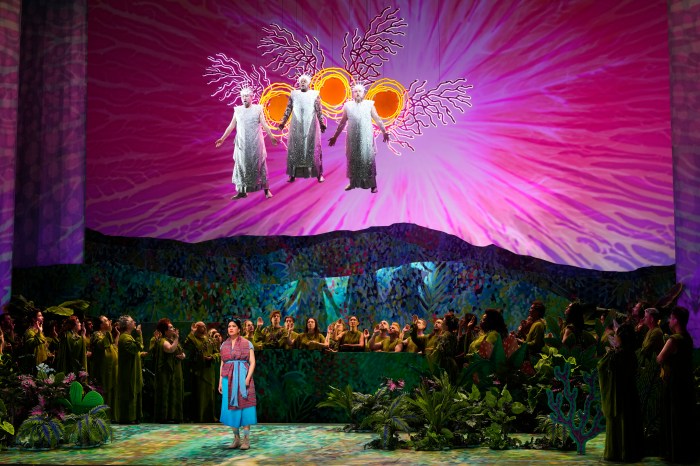Present day New Yorkers often venture to the Bowery for its lavish ballrooms and speakeasy-style bars. What is unknown to many, however, is that the streets of the hip neighborhood were anything but flashy in earlier years. Dubbed “Satan’s Highway” and “The Mile of Hell,” the area was filled with inebriated “Bowery bums” passed out on the pavements, and few dared to set foot there.
New York historian Alice Sparberg Alexiou fills in the missing pages in her book, “Devil’s Mile: The Rich, Gritty History of the Bowery,” which walks readers through the cultural history of the Bowery — from creation to its vanishing remnants that remain today.
amNewYork spoke with Alexiou about the book.
Of all the eclectic neighborhoods in New York, what drew you to the Bowery?
The idea came to me so naturally. I’m kind of a New York City-ologist. I look for these stories, which are all over the place — millions of them. That switch is always on when I’m walking around the city. One very cold winter night about five years ago, when the pavements were covered in snow and ice, I was down at the Bowery buying light fixtures, and I just thought to myself, “Oh my gosh. There is not a current book about the Bowery. There has to be so many stories about this rich area.” And so I went for it and decided to write its story.
The Bowery has been swarmed with settlers, created and re-created by different people, destroyed and is now dissipating. What do you think this says about New York’s infrastructure?
When they were tearing down Penn Station in the early ’60s, it was very controversial. I remember a story from The New York Times published during the demolition. A man behind a restaurant counter said: “This city’s got the right name — New York. Nothing ever gets old around here.” The act of tearing down is what makes New York what it is today. That’s the ethos of New York: tear down, build up. The real estate interests get out of control and the preservationists stand up and push against it. What’s happening in the Bowery now represents the fabric of the city. It’s a constant fight and an uphill battle involving a lot of things that are not protected. It’s saddening to me personally. I want what’s left to remain. I wish billionaires would come in and save every old building lovingly rather than knock down and build glass, nondescript high-rises.
Your book delves deeply into New York’s history — going back as early as 1625 when the Dutch first arrived. How long did it take to conduct such dense research?
The research took about four years, with some breaks in between. I spent a lot of time at the New York Public Library, in various archives including the Library of Congress and digging into physical and digitized newspapers. Modern day tools and Google archives have revolutionized research, and there’s a lot of stuff you just wouldn’t have found a few decades ago because it wasn’t searchable. I found all kinds of weird and obscure information while sifting through vast databases. I could have done this for four more years and had a book twice as long — but at some point, I just reached a point where I knew I had enough of a story.
What kind of meaning do you think the Bowery holds for present day New Yorkers?
People above a certain age still have memory or faint associations with the old Bowery, but younger people have no idea that the street was once referred to as the street of despair. I was at a big hotel called 50 Bowery — it’s kind of a funky place. I was in the bar one day and there was a young bartender. I said to him, “Did you know the Bowery was once known as ‘The Street of Forgotten Men?’ — and he said no, but was fascinated. I had my laptop with me, and I showed him some old pictures that blew him away. Even for the younger generations who mostly view the Bowery today as a hot spot for partying, I think some are very interested in the history.
What’s your favorite fun fact about the Bowery that most people may not know about?
When the Dutch arrived, freed African slaves had farms along the Bowery. It was one of the first or arguably the earliest instance of freed African slaves owning property in New York.
Your books have focused on New York from its iconic activists (Jane Jacobs) to landmarks (the Flatiron) and now neighborhoods. What does New York symbolize for you?
I’m a deep and passionate New Yorker. New York is synonymous to me with immigrants. I will fight to the death to keep this country open to immigrants. Every democracy is an experiment and I think that up to now, the reason that experiment has worked without the horrible backlash that we are unfortunately seeing now is due to immigrants who come and bring all their gifts, their eagerness to work and contribute. New York to me is the absolute epitome of this ideal, and I will always hold New York in a special place in my heart.

















